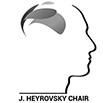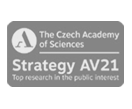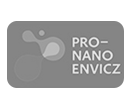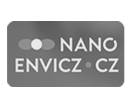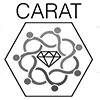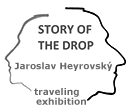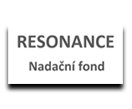Research Interests of Department of Spectroscopy
...from exploration of space to physical chemistry on microscale...
We explore origin of life on early planets, we explore falling stars in "a test tube," we look deep in exotic states of matter, we are dreaming about universal and cheap detectors and about healing cancer by light...
The Department of Spectroscopy was established in 1963 (as the organization part of the Department of Chemical Physics). It is currently the leading Czech centre of applied and fundamental research into spectroscopic techniques used for basic science and in the engineering and security industries. This includes the development of sensitive gas-phase sensors and their arrays, the exploration of new high-tech solid-state materials for use in high-power light sources, the characterization of new materials, the generation of reactive species (such as singlet oxygen) and the development of new analytical techniques in forensics. Our research is also oriented towards hot topics in contemporary science, with contributions made towards solving the enigma of Earth's chemical evolution, and identifying and quantifying the prebiotic processes needed to support the emergence of life, both here and on other terrestrial planets such as Mars, or even exoplanets. We also explore fundamental processes of plasma generated by laser sparks or combustion flames with the development of new laser-spectroscopic diagnostic tools for monitoring combustion intermediates and minor products of the pyrolysis of oxygenated fuels and nitrogen oxide precursors. In the field of fundamental spectroscopy, we explore new high-energy Rydberg transitions of metals relevant to stellar spectroscopy, and infrared spectroscopy relevant to observations of hot exoplanets. Our department closely cooperates with top world-recognized research centres such as Université Sorbonne, University of Cambridge, University College London, Voronezh State University, British Biomedical Research Council, Technical University in Athens, and also important domestic universities, institutes such as Biophysical Institute in Brno, Technical University in Ostrava, Charles University, Institute of Plasma Physics, Valašské Meziříčí Observatory and Karlovy Vary Observatory; trade companies Crytur Turnov, Toptec, SAB Aerospace and Varroc Lighting Systems; and with government institutions such as Ministry of Interior of the Czech Republic.
- Space missions: Space telescope ARIEL and the Czech nanosatellite concept SLAVIA
- High energy chemistry of planetary atmospheres simulated by terawatt laser sparks and laboratory lasers.
- Chemical evolution of planets and origin of prebiotic molecules.
- Chemistry of Solar System bodies.
- Chemistry and physics of plasma.
- Technology of advanced light and spectral sources.
- Spectroscopy and chemical modelling of exoplanets.
- Spectra of meteors and impact events.
- Fundamental high resolution spectroscopy of stable molecules, ions, radicals and atoms, particularly in high excited Rydberg states.
- Gas sensors based on laser and photoacoustic spectroscopy
- Design and characterization of new photosensitizers for photodynamic therapy of tumors.
- Photophysics and spectroscopy of photoactive materials
Photogallery
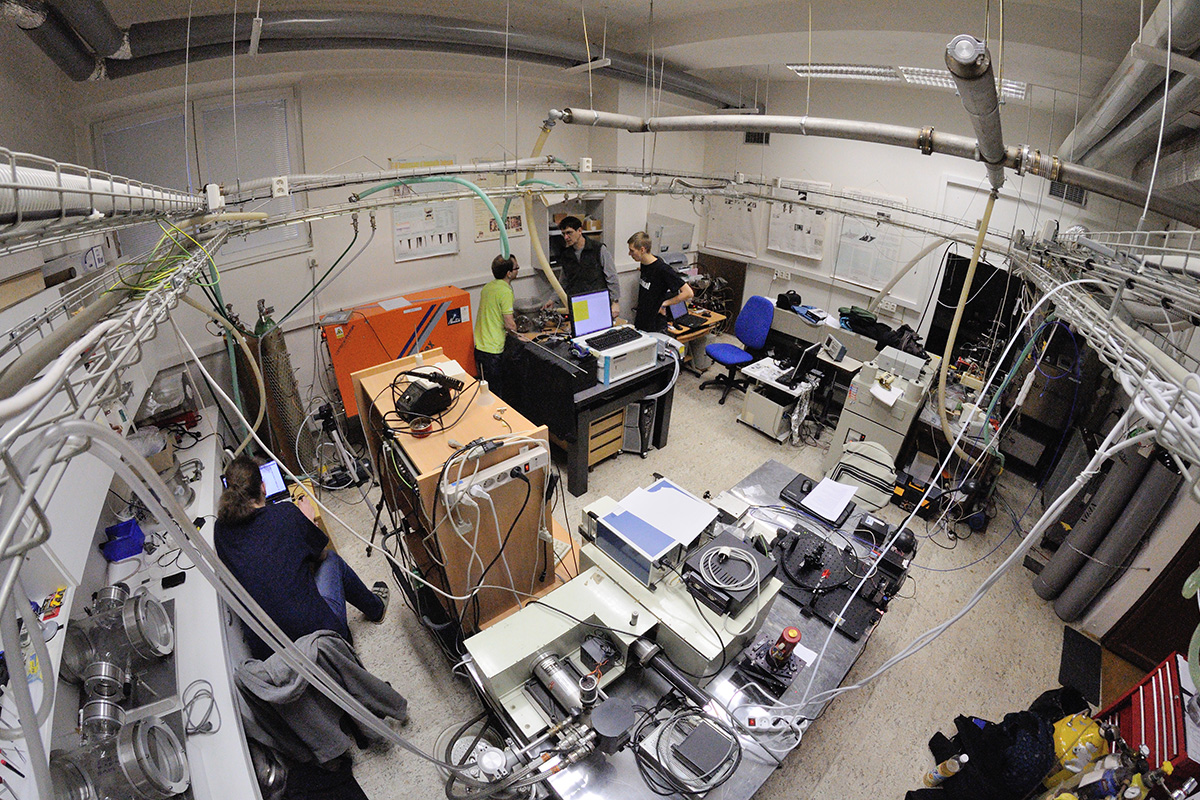
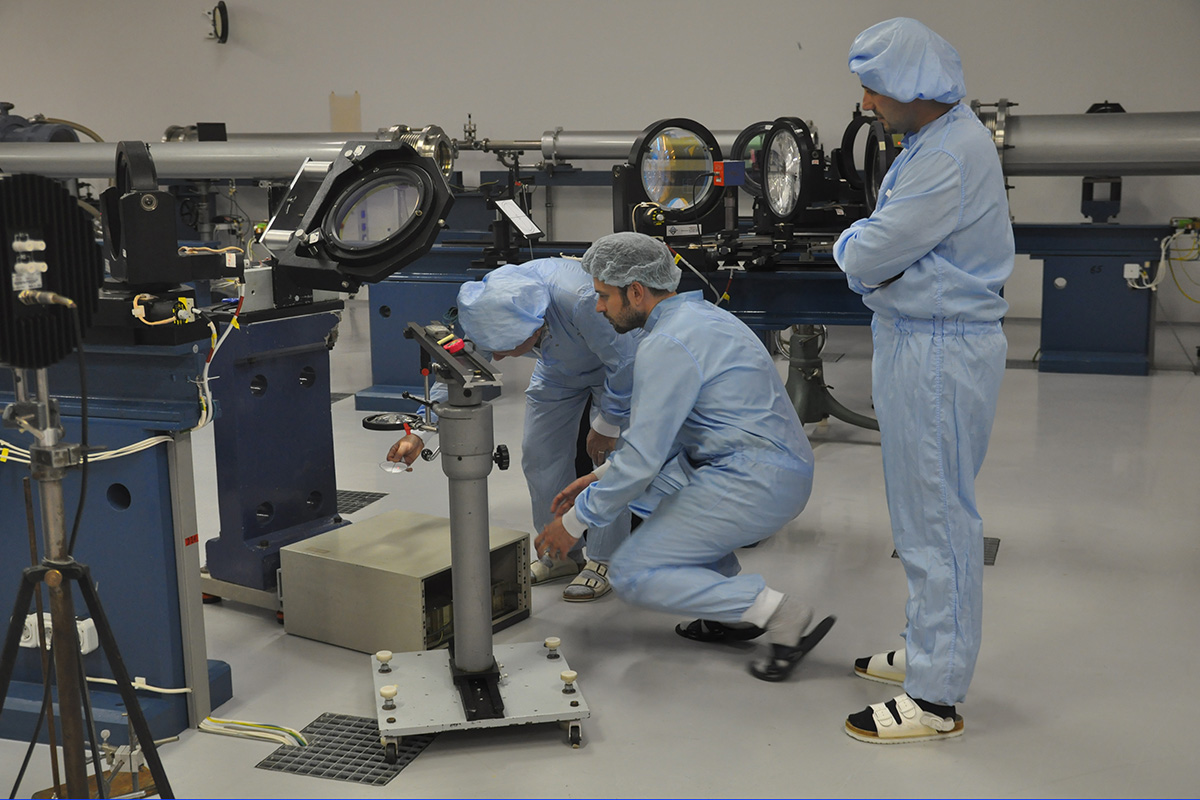
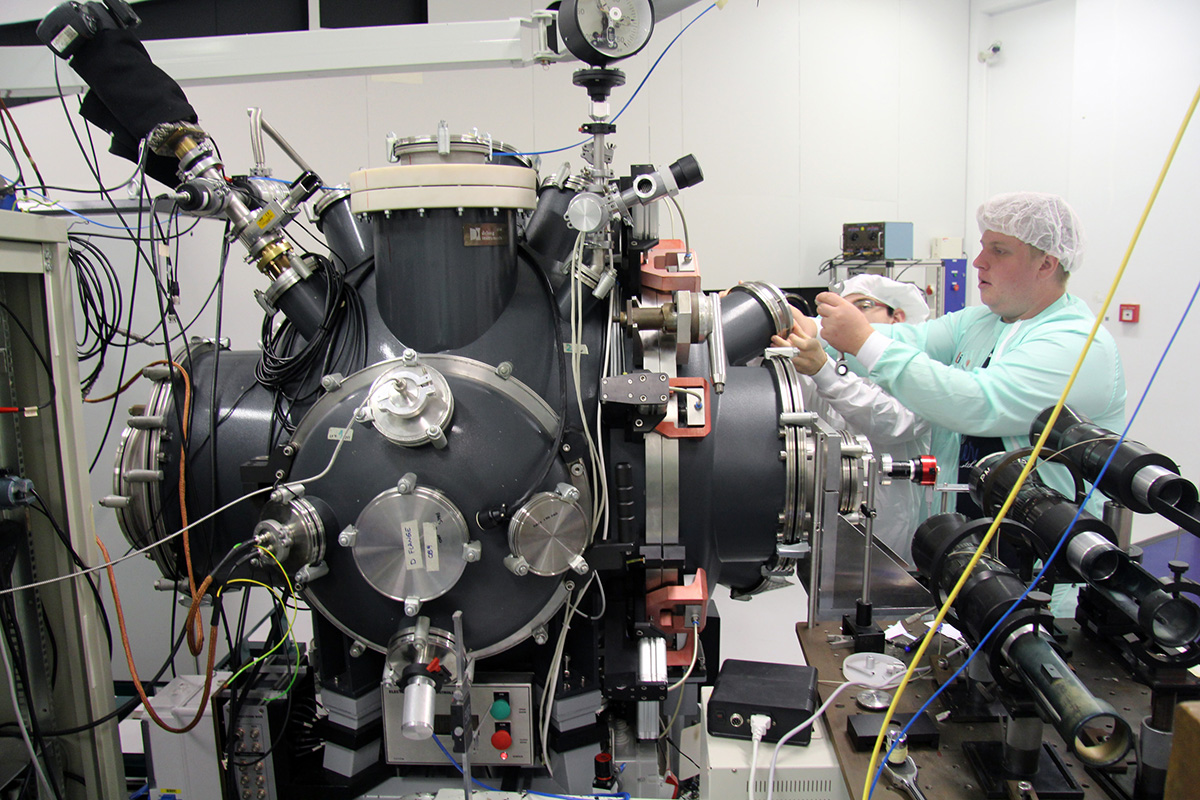
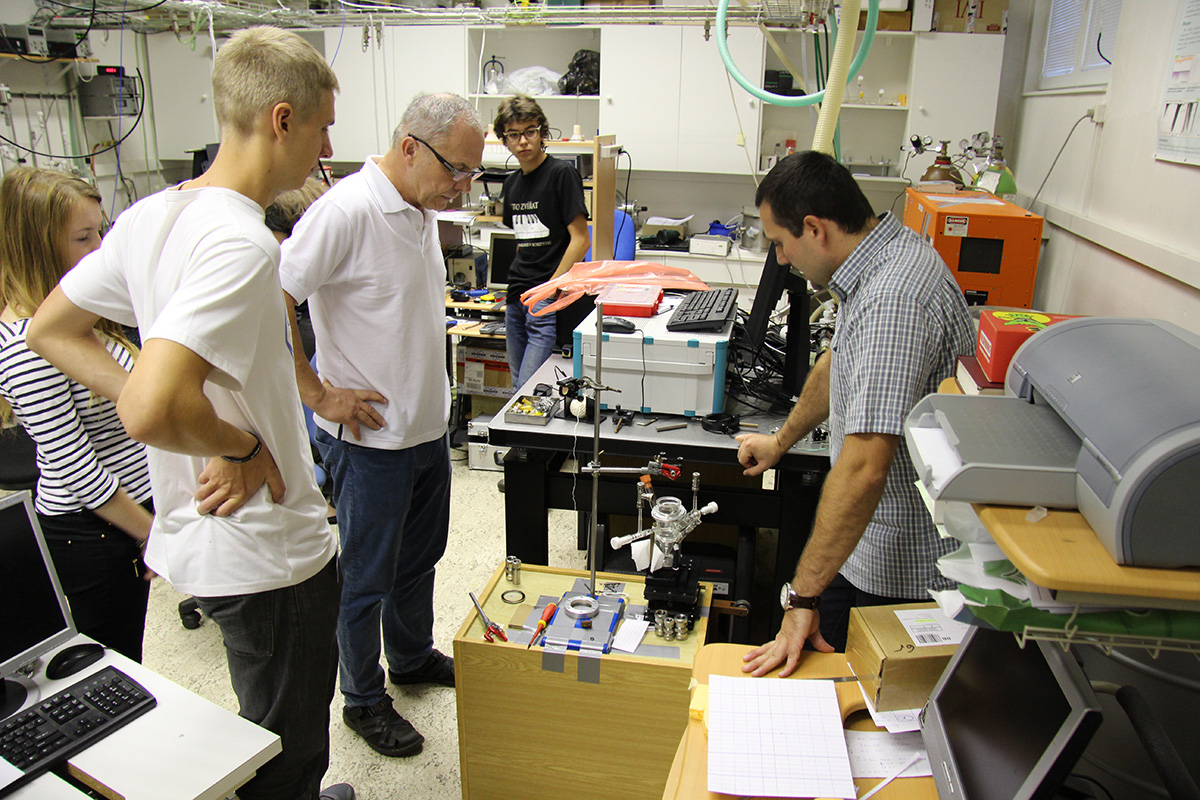
Organization structure of the department:
Laboratory of High Resolution Spectroscopy: WG Applied Spectroscopy (core staff Martin Ferus, Alan Heays and Homa Saeidfirozeh) and WG Fundamental and Theoretical Spectroscopy (core staff Svatopluk Civiš and Petr Kubelík) focuse mainly on topics concerning space research, astrochemistry, spectroscopy in space applications, space missions, high resolution spectroscopy and atomic spectroscopy.
Laboratory of Photophysics and Spectroscopy of Photoactive Materials (core staff Pavel Kubát and Pavel Engst) focuses on exploration of photactive materials and their medicinal applications.
Laboratory of Laser-Diode and Photoacoustic Spectroscopy (core staff Zdeněk Zelinger and Jan Suchánek) focuses on laser and photoacoustic spectroscopy, combustion plasma chemistry, gas sensors and chemistry of simple radicals and ions.
SeLOS - Common Laboratory of Observational Spectroscopy (core staff Martin Ferus, Libor Lenža and Jiří Srba) is located on Observatory Valašské Meziříčí and focuses on ground based observation support of meteor, lighting exploration, space and stratospheric balloon missions and examination of solid materials.
SID and VideoMeteor Observation Station Carlsbad (core staff Petr Kubelík, Miroslav Spurný and Jaroslav Maxa) is located on František Krejčí Observatory in Carlsbad (Karlovy Vary). The station focuses on operation of Sudden Ionospheric Disturbances monitoring and video observation of meteors.





